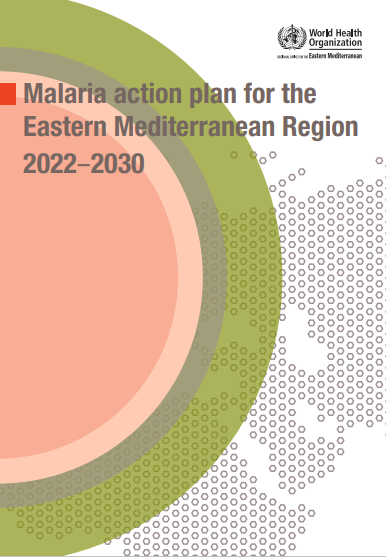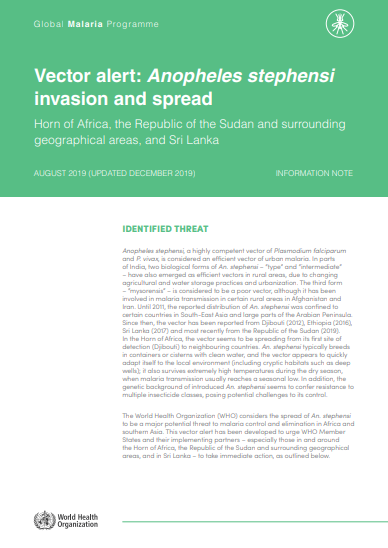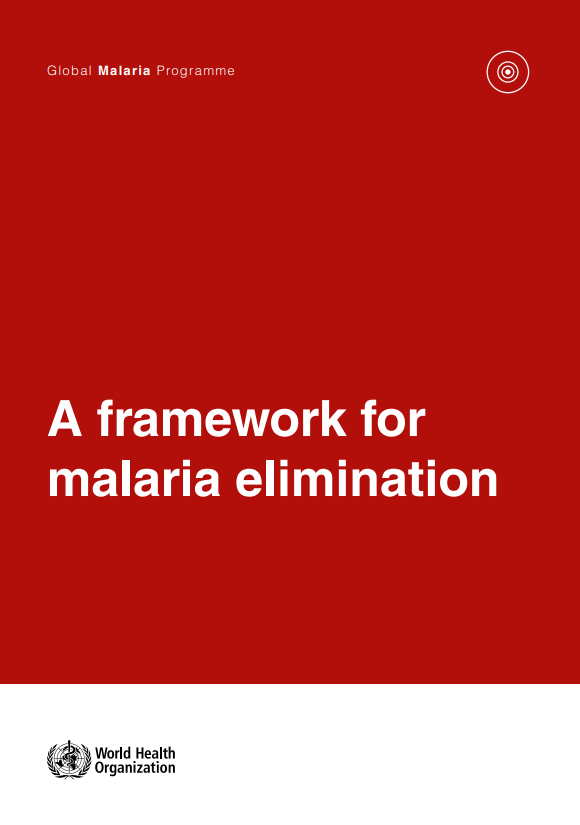The Eastern Mediterranean Region is facing an increasing burden of vector-borne diseases. Progress in controlling these diseases and in scaling up universal access to vector control interventions is compromised by the limited number of vector control interventions, most of which rely on the use of pesticides. The lack of new pesticides under development and the spread of vector resistance necessitate judicious use of existing pesticides to preserve their public health value. While doing so, it is important to reduce risks to human health and the environment through their appropriate use and safe handling.
A WHO global survey conducted in 2010 among countries endemic with, or at risk of, major vector-borne diseases assessed registration and management practices of public health pesticides. The study concluded that national capacity to manage public health pesticides throughout their life-cycle was inadequate in most countries. This challenge is further compounded when adequate capacity has not been established under decentralized health systems. The survey also highlighted an alarmingly low capacity for safe disposal of pesticide containers and waste, as well as limited capacity for quality control and enforcement of pesticide regulations, and for monitoring exposure to pesticides.
In May 2010, the 63rd World Health Assembly recommended establishing or strengthening the capacity of WHO Member States to regulate pesticides throughout their life-cycle, with a high degree of commitment from WHO to work closely with all stakeholders on the sound management of these chemicals.
In October 2011, the Regional Committee for the Eastern Mediterranean adopted EM/RC58/R.10, on managing the use of public health pesticides in the face of the increasing burden of vector-borne diseases. This is evidence of the commitment of Member States to strengthen their capacity for sound management of public health pesticides and to ensure that management of these chemicals is incorporated into their health and other relevant policies.











 World Malaria Report 2017
World Malaria Report 2017